Causes, symptoms and treatment of blepharitis
Causes of occurrence, symptoms and treatment of blepharitis
Blepharitis is an inflammatory lesion of the eyelid margins observed mainly from two sides. The disease does not pose a particular health threat. However, symptoms of blepharitis cause apparent discomfort to a person, significantly impairing the quality of life.
Why blepharitis occurs
- mites (for example, Demodex folliculorum, which is a potentially pathogenic mite that can cause demodectic blepharitis);
- bacteria (S. Aureus, streptococci);
- fungal pathogens.
- tonsils;
- maxillary and frontal sinuses;
- oral cavity (in particular, in dental enamel);
- on the skin.
- toxic effect of chemical substances;
- allergy (allergic blepharitis in children is rather common).
- hypermetropia;
- myopia;
- astigmatism.
- drop in the immunity;
- vitamins deficiency in the body;
- smoke contamination and increased amount of dust in the environment;
- long exposure to sunlight and wind.
In this case, the successful treatment of blepharitis is not possible without the treatment of the pathologies mentioned above.

The factors that do not directly cause blepharitis, but can contribute to its development, are also determined:
- drop in the immunity;
- vitamins deficiency in the body;
- smoke contamination and increased amount of dust in the environment;
- long exposure to sunlight and wind.



Types of blepharitis
Depending on the region of the eyelid involved in the pathologic process, blepharitis can be:
- frontal marginal – only the eyelid margin with eyelashes is inflamed;
- posterior marginal – meibomean glands located deep in the eyelid are affected (meibomian blepharitis);
- angular – the inflammation mainly affects outs of the corner of the eyes.
- simple;
- allergic;
- mixed;
- seborrheic (other name is squamous);
- ulcerous or staphylococcal;
- demodectic;
- acneiform, or rosacea blepharitis (in this case, blepharitis occurrences are observed together with acne rosacea).
The name of each form reflects its causative factor, which is important for the therapy. So, the treatment of seborrheic blepharitis in adults is different from the allergic form, as they have different causes and different development mechanisms.
Symptoms of blepharitis depending on its form
We will give you brief characteristics of the common forms of the disease.
- In case of simple blepharitis, the margins of the eyelids are red and thickened, white-gray discharge accumulates in the corners of the eyes, the conjunctiva is moderately red.
- Squamous blepharitis is characterized by the formation and accumulation of squamas, which are exfoliating epithelial cells of the skin and sebaceous glands. They form dense conglomerates, which, however, tend to soften with moisture (for example, if you use warm compresses for squamous blepharitis).
- With an ulcerative form, yellow crusts are formed, and ulcerations open when removed. These ulcers heal, but scars form in their place, which interfere with the normal growth of eyelashes. With a severe course of this form, the eyelashes fall out, and the margin of the eyelid grows and wrinkles.
- In case of demodectic blepharitis, a person has a sharp pain in the eyes, a mucilaginous discharge is formed, which, when dried, closes up the space between the eyelashes and creates the impression of accumulated dirt. The mite that causes demodectic blepharitis, provokes constant itching of the eyelids, their redness and thickening, and the margins of the eyelids look like red ridges.
- Signs of allergic blepharitis occur abruptly and are associated with an external irritant. The most characteristic features are edema and persistent itching of the eyelids, a painful reaction to light, and a feeling of smarting eyes. Tear secretion and white mucous discharge from the eyes are observed. The skin of the eyelids darkens.
- Rosacea blepharitis is characterized by red nodules with pustules at the apex, “scattered” over the skin of the eyelids.
- blepharoedema;
- eye redness;
- itching;
- eye fatigue that increases abruptly even in case of light visual loads;
- increased sensitivity to such common stimuli as light and wind;
- blurred vision due to the tear film;
- the inability to wear contact lenses for the same period as a patient has been wearing them before the onset of blepharitis.
- biomicroscopic eye examination;
- microscopic examination of the eyelashes for the presence of demodex;
- bacteriological culture of a smear from the conjunctiva;
- allergen skin tests.
The methods of treatment of blepharitis in children and adults depend on the clinical form and additional diagnostic data.

Treatment of blepharitis
The main range of problems is its development into a chronic form. That is why it is important to know how to treat chronic blepharitis, which means prevention of recurrences. Persistent recurrent blepharitis contributes to the development of conjunctivitis, keratitis and impaired vision.
It is based on the combating the disease (prescription of antibiotics in the form of pills and ointments) and hygiene of the eyelids.
- cleansing the eyelids from crusts with a moistened swab;
- instillation of antiseptic drugs, artificial tears into the conjunctival sac;
- debridement of ciliary margins of the eyelids with eyelid care gels;
- in case of an ulcerative form of the blepharitis, using of anti-inflammatory ointments;
- in case of allergic lesions, elimination of the causative factor, the use of allergy medications.
Another methods are applying warm compresses to the eyelid area, eyelid massage in case of meibomian blepharitis.
- inverted eyelid correction;
- plastic surgery of the eyelids in case of cicatricial changes;
- removal of incorrectly growing eyelashes.
Article author: N. Kubrak
Publication date: 30.12.2020
Our advantages
Choose your specialist
Choose the nearest clinic
ISO certificates
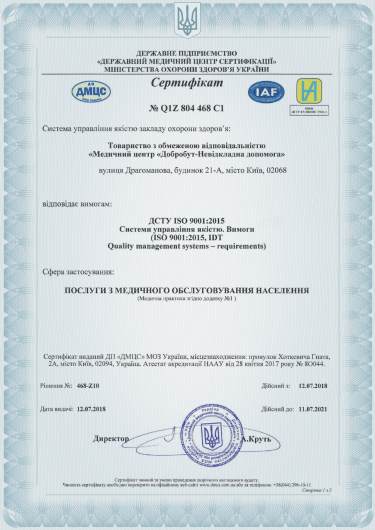
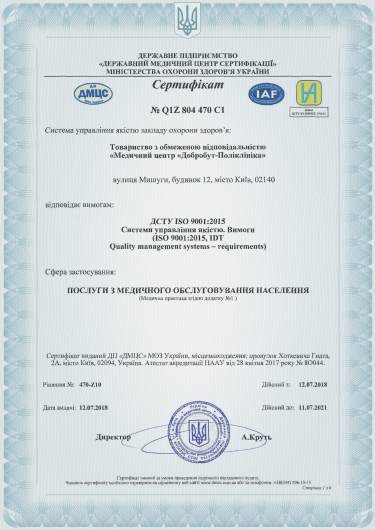
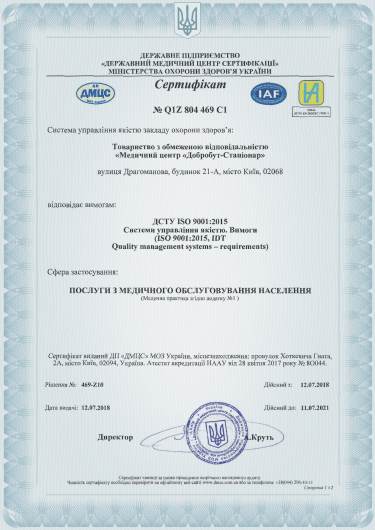
Accreditation certificates
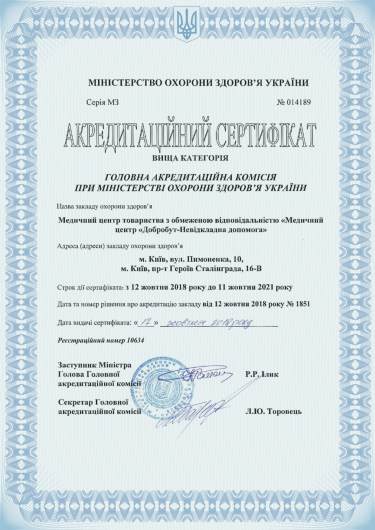
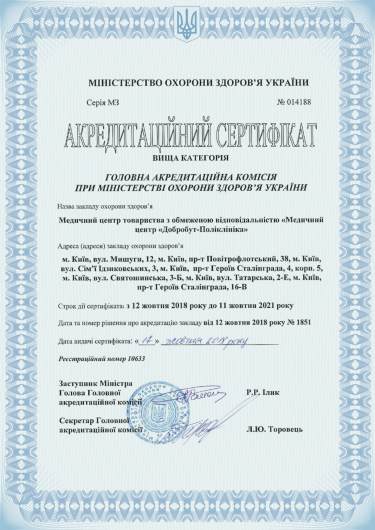
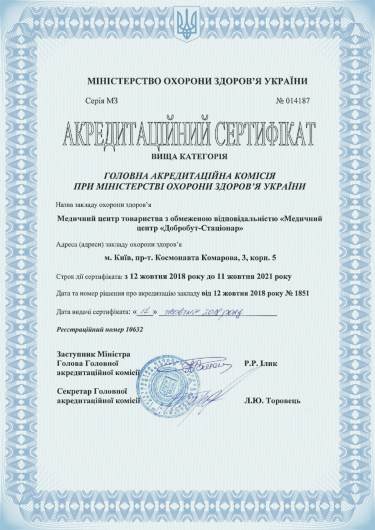
Medical practice licenses
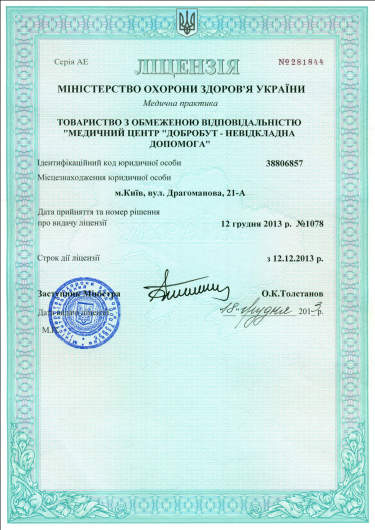
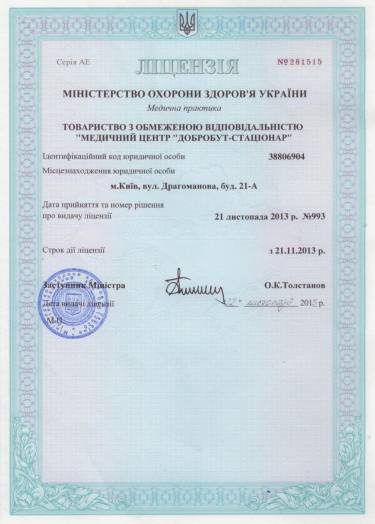
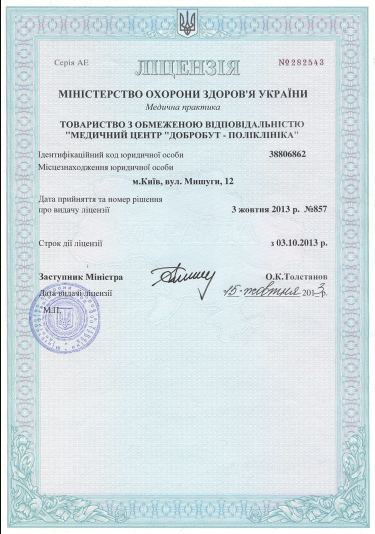
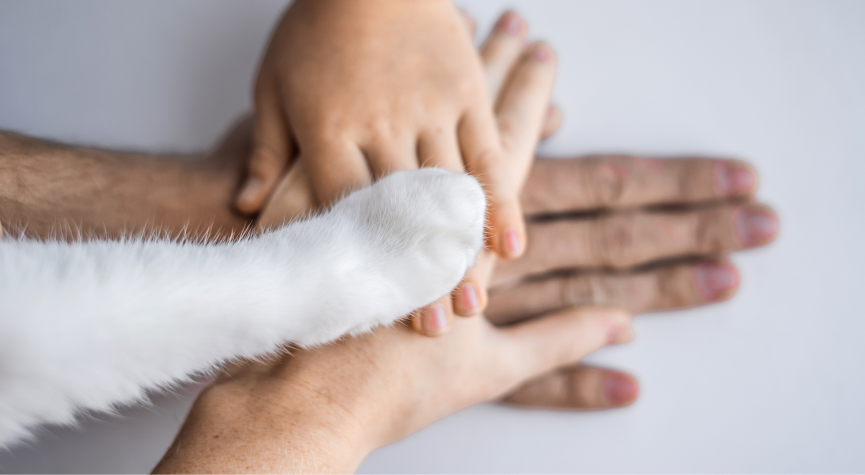

























@2x.png)
@2x.png)
%402x.png)
%402x.png)
